de menselijke kant van werk
AI, data, digitaal, online
| besluitvorming
| carrière
| change
| cultuur
| communicatie
| feedback
| geld
| kantoor, hybride en remote werk
| leren & ontwikkelen
| pensioen
| persoonlijkheid
| politiek
| productiviteit
| prestaties
| recruitment
| retentie
| samenwerking
| stress
| teamwork
| vitaliteit & gezondheid
Fika, four-week holidays – and zero overtime: Sweden’s stunningly healthy work culture
From wellbeing allowances to generous parental leave to a bonus in your pay packet when you take a break, the Scandinavian country has a lot to teach the rest of the world

‘Job Hugging,’ for Dear Life
After a spell of job hopping, employees are clinging to their jobs. How that may pose risks to firms and people’s careers.

The way we view free time is making us less happy
Some people try to make every hour of leisure perfect, while others hate taking time off altogether. Have we forgotten how to enjoy free time?

No One Goes to Happy Hour After Work Anymore. The Reason Why Is Grim.
RIP to the one thing that made work even semi-enjoyable.

People who don’t ask me questions drive me crazy. Why are they like that?
‘Non-askers’ can come across as selfish – but there might be personal and societal reasons for their lack of curiosity

It’s Time to Kill the Casual Workplace
In the war of the office, etiquette is actually your friend.

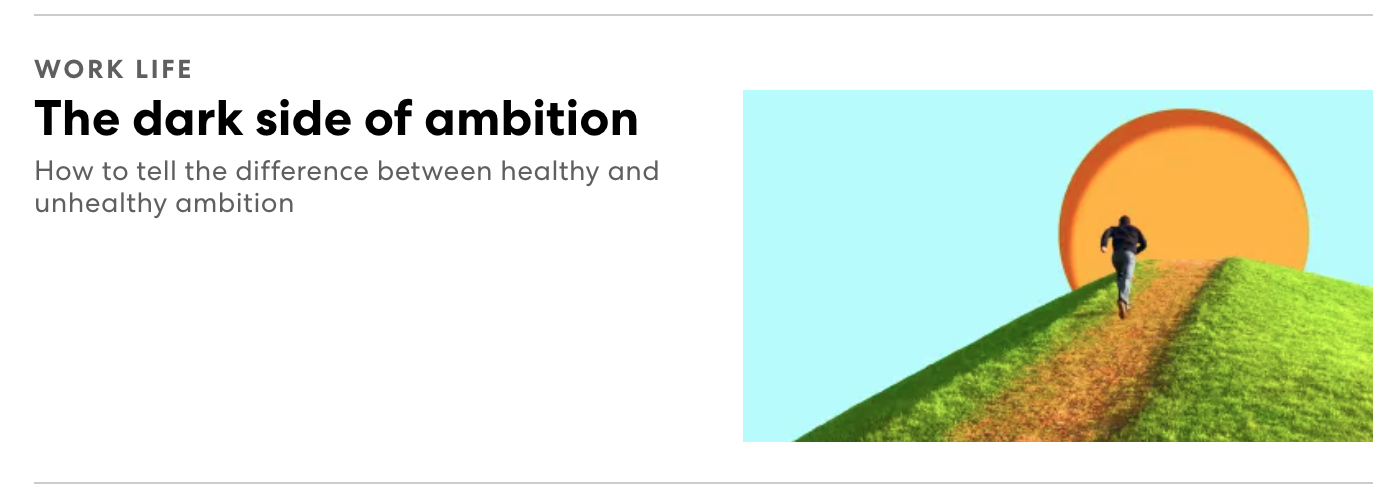
What People Get Wrong About Psychological Safety
Psychological safety—a shared belief among team members that it’s OK to speak up with candor—has become a popular concept. However, as its popularity has grown, so too have misconceptions about it. Such misunderstandings can lead to frustration among leaders and employees, stymie constructive debates, and ultimately harm organizational performance. In this article the authors identify the following six common misperceptions: Psychological safety means being nice; it means getting your way; it means job security; it requires a trade-off with performance; it’s a policy; and it requires a top-down approach. They explain why each misperception gets in the way and give advice on how to counter it. They also offer leaders a blueprint for building the kind of strong, learning-oriented work environment that is crucial for success in an uncertain world. Leaders should clearly communicate what psychological safety is and what it isn’t, and take steps to improve the quality of conversations and to establish structures and rituals that will help teams assess their progress in building a psychologically safe environment.

Should we automate the CEO?
There has been a lot of buzz around AI eventually replacing lower-rank workers. But why not start with the highest-paid corporate executives?

Expiring vs. Permanent Skills
Robert Walter Weir was one of the most popular instructors at West Point in the mid-1800s.

Why You’re Always Busy but Never Productive (and How to Fix It)
Most of us don’t think about how we spend our professional time—we just try and keep up. But the secret to working smarter (not harder) lies in managing our most precious resource. Luckily, we have the best time-management technique—timeboxing—to help us. Sahil Bloom breaks down timeboxing categories even further in the work domain to ensure each type of work gets its due.
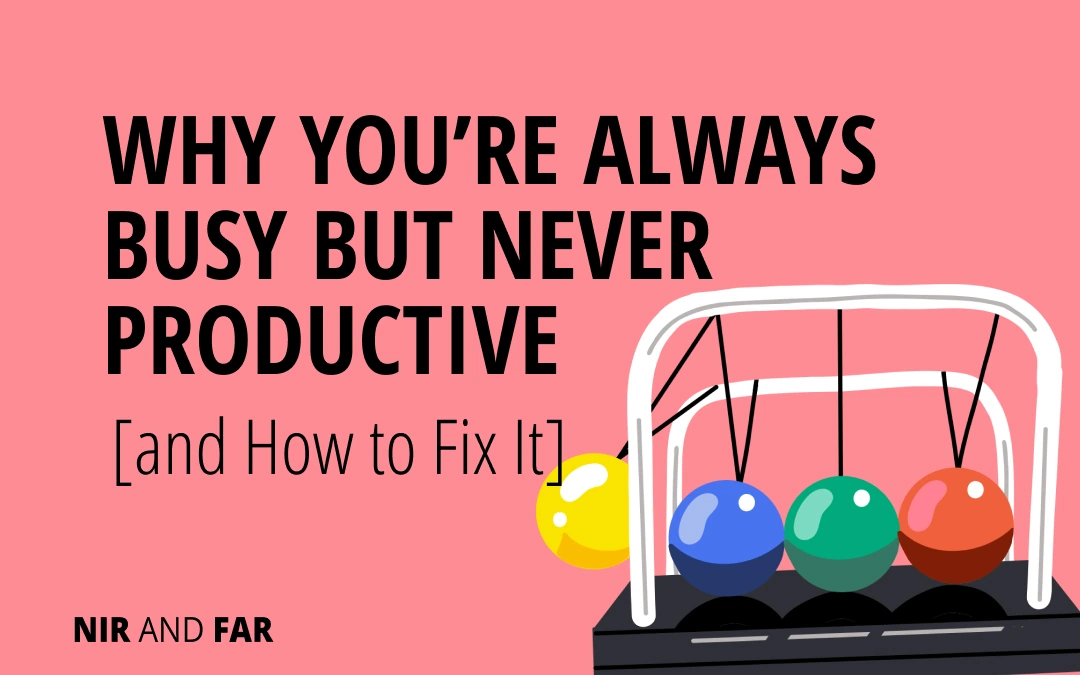
I Took My Work Outside Every Day for a Month This Winter. Here’s What I Learned.
Despite the cold, wind, and occasional weird looks from my neighbors, I found myself feeling more grounded, alert, and connected.

Your Ability to Focus Has Probably Peaked: Here’s How to Stay Sharp
Tips on how to stay focused: To increase our ability to focus, research suggests both boosting our ability to concentrate as well as reducing distraction.

Can we break the anxiety habit?
Writer and therapist Owen O’Kane believes we have become addicted to feeling anxious. Here, he explains how he learned to manage his fears

This Is What Happens When There Are Too Many Meetings
Why a 9-to-10 is the new 9-to-5

The ‘law’ that explains why you can’t get anything done
A British historian famously wrote that work expands to fill available time – but what was he actually saying about inefficiency?

How to Turn Off Harmful Stress Like a Switch
Stress comes from anxiety about future problems and the lack of control over them. This article introduces a few surprising techniques to handle stress.
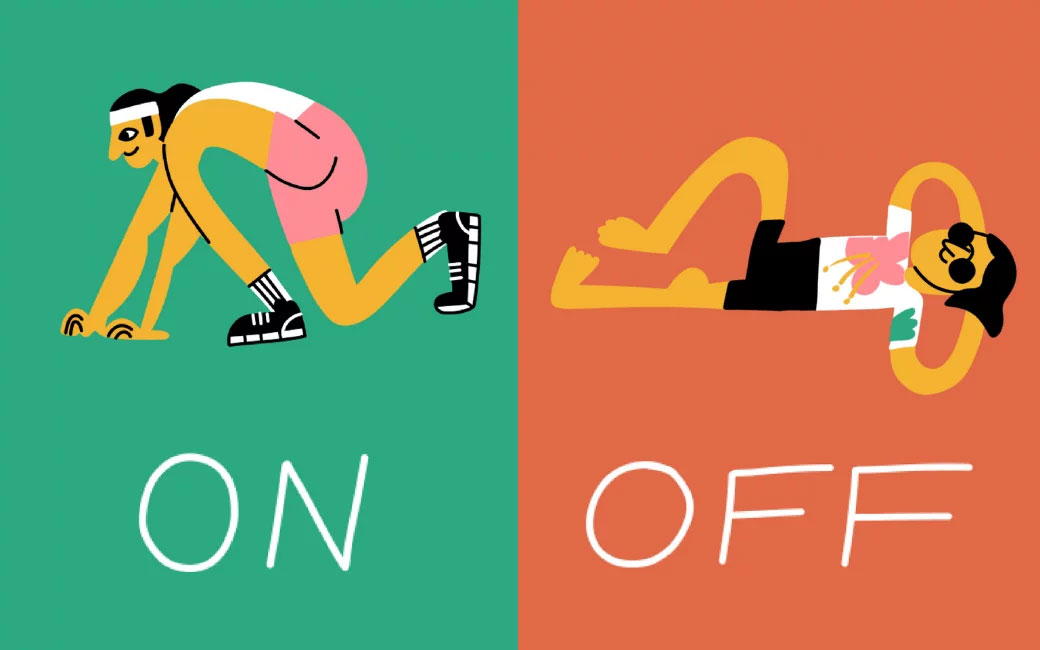
Hiring Squad | Megan Marz
Job candidates are now routinely filtered and sorted by algorithms. But a total panopticon awaits workers once they’ve been hired.
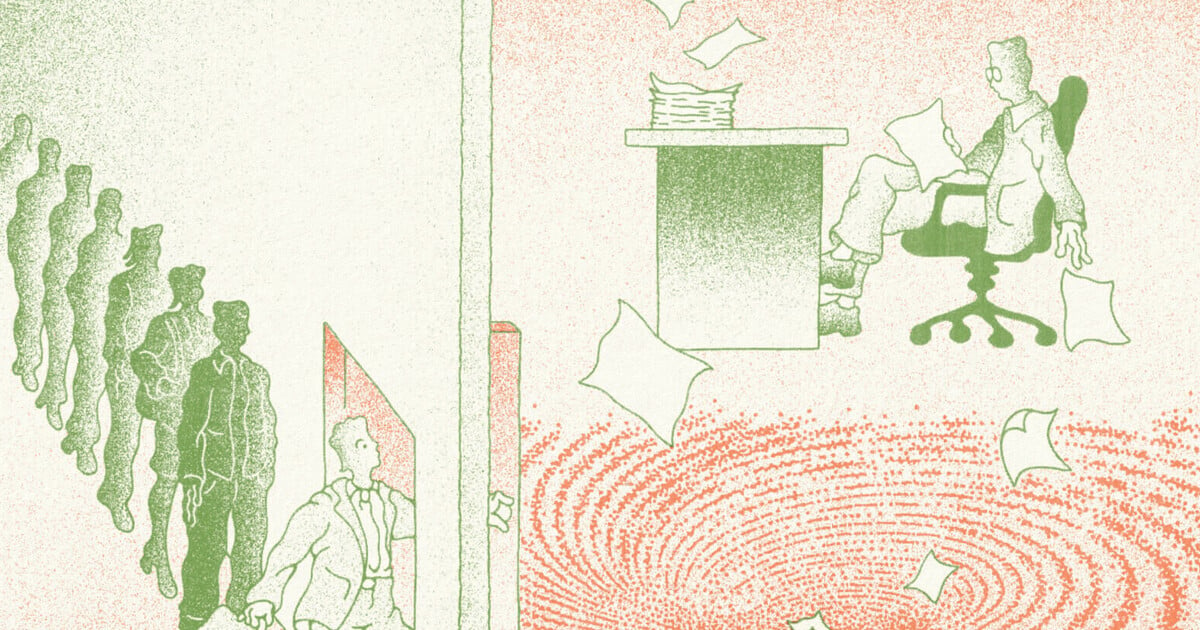
6 Questions to Find Out How Your Employees Are Really Doing
Do you know how your employees truly feel about their roles, work, and relationships? Asking the right questions in focused one-on-one settings is key to making sure you’re in tune with your people. This article outlines six questions to try to move beyond surface-level interactions. The more you recognize your team members as people with ambitions and dreams — not just cogs in the machine — the better you’ll understand how they feel about their jobs and futures.

Why Talented People Don’t Use Their Strengths
Experts have long encouraged people to “play to their strengths.” But based on my observations, this is easier said than done, because we often undervalue what we inherently do well. As a leader, the challenge is not only to spot talent but also to convince your people that you value their talents and that they should, too. Begin by identifying the strengths of each member of your team. You might ask them, “What compliments do you tend to dismiss?” since people often downplay what they do most easily. Once you’ve identified their key strengths, ask them, “Are you doing work that draws on your strengths? Are we taking on projects that make the most of your strengths?” If the answer is no, reassign people to new roles where their strengths will be put to better use.

Stop Relying on Others for Validation at Work
Who doesn’t appreciate the acknowledgment of their efforts and wins, or like to impress others occasionally? It’s equally important to cultivate internal validation: a deeper sense of self-worth that is free from the wavering opinions of others and the momentary dopamine hit of a gold star. Developing internal validation isn’t about cultivating baseless confidence or inflating your ego. Rather, it’s about counterbalancing common workplace features that, left unchecked, can inadvertently undermine your confidence, self-esteem, and well-being. In this article, the author shares four strategies to balance your perspective and stay self-assured despite external pressures and challenging work environments.

Completing this 30-minute exercise makes teams less anxious and more productive
“Why not try to be upfront and avoid a lot of the conflict?”

Do I Have Productivity Dysmorphia?
Why can’t we see our own success?

In defence of slouching: the bad science behind good posture | Psyche Ideas
The idea that we should all stand straight is widely accepted. But this modern obsession has dubious origins

Sad face: New Zealander takes clown to redundancy meeting
Josh Thompson hired a clown – who reportedly mimed crying as the paperwork was handed over – as his emotional support aide

When workplace bonuses backfire
The gelignite of incentives

The cult of productivity is preventing you from being productive
What do we really mean by productivity?

How to Stop Procrastinating
Do you keep postponing work you need to do? The problem probably stems from one of three things: your habits and systems (or lack thereof), your desire to avoid negative emotions (like anxiety and boredom), or your own flawed thinking patterns (which can make a task seem harder than it is). Luckily, there are simple strategies for managing each. To develop good habits, for instance, do your important work in a consistent pattern daily: After I do this, I do my deep work. Devise a system for starting new tasks (drawing on one you’ve handled well); that will make it easier to get the ball rolling. When a task makes you anxious, do the easiest part first and progress from there; motivate yourself to do a boring task with a reward for completing it. And if you’re cognitively blocked, consider what would make a task impossible—and then identify its opposite. Novel work often is filled with friction. You must recognize that tension doesn’t mean you’re not making progress. And if a project still feels overwhelming, tackle it in small chunks of time, not big ones.

White-Collar Work Is Just Meetings Now
The meeting-industrial complex has grown to the point that communications has eclipsed creativity as the central skill of modern work.

How to Give Busy People the Time to Innovate
Most companies are full of really busy people, which makes it hard to slow down and focus on trying new things. At the same time, stopping everything to focus on innovation can leave day-to-day tasks neglected. So, how can leaders make sure workers are able to balance operational necessities with innovation? Four strategies can help: 1) Clearing the “process debt” that’s blocking innovation time; 2) Subtracting something old before you add something new; 3) Putting innovation at the top of the list; and 4) Separate invention and optimization.
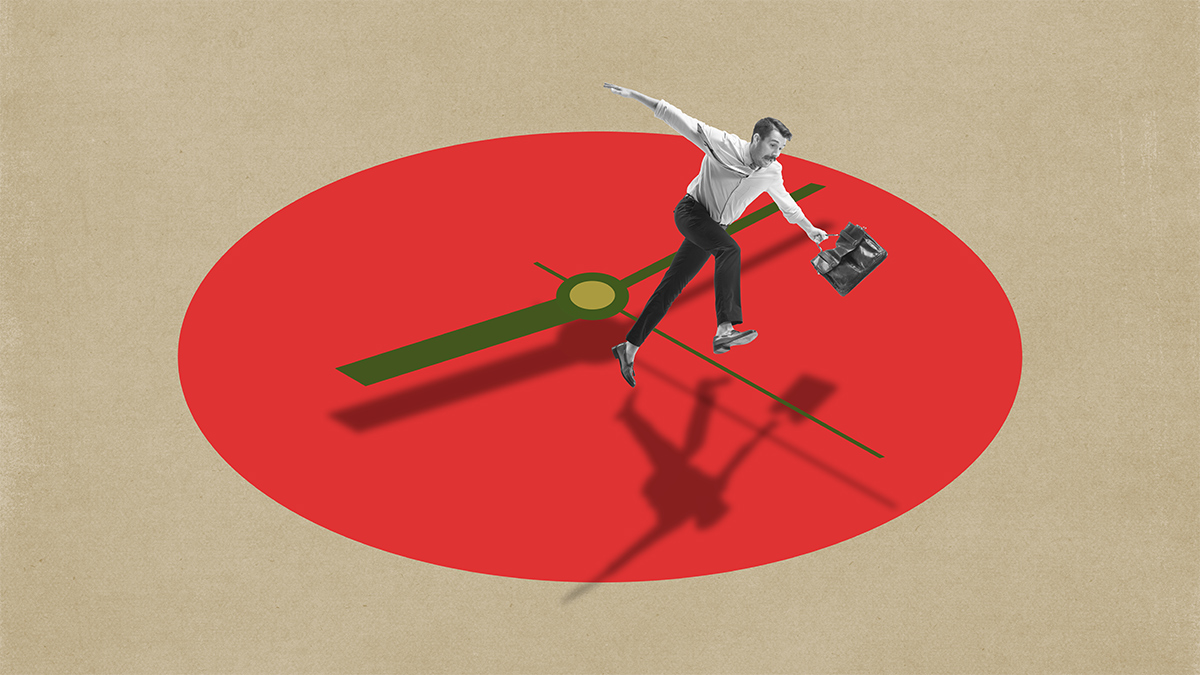
How the buildings you occupy might be affecting your brain | Psyche Ideas
Cutting-edge research in the field of neuroarchitecture is revealing the public health implications of building design

New Rules for Teamwork
Not that long ago, teams were typically composed of people with similar skills working in the same place. Their efforts were based on the idea that by working together in a well-managed process, they could deliver replicable results. Today, companies of all types are called on to demonstrate integrated, cross-functional, project-based teamwork in their operations. New ideas about teamwork are emerging, some based on experience, some guided by new practices, some made up on the fly. But none of this has yet cohered into a systematic approach to improving how teams work. In this article, the authors set out new principles of teamwork that focus on continuous, real-time testing, learning, analysis, adaptation, and improvement.

People Aren’t Meant to Talk This Much
Breaking up social-media companies is one way to fix them. Shutting their users up is a better one.

Build a Corporate Culture That Works
There’s a widespread understanding that managing corporate culture is key to business success. Yet few companies articulate their culture in such a way that the words become an organizational reality that molds employee behavior as intended. All too often a culture is described as a set of anodyne norms, principles, or values, which do not offer decision-makers guidance on how to make difficult choices when faced with conflicting but equally defensible courses of action. The trick to making a desired culture come alive is to debate and articulate it using dilemmas. If you identify the tough dilemmas your employees routinely face and clearly state how they should be resolved—“In this company, when we come across this dilemma, we turn left”—then your desired culture will take root and influence the behavior of the team. To develop a culture that works, follow six rules: Ground your culture in the dilemmas you are likely to confront, dilemma-test your values, communicate your values in colorful terms, hire people who fit, let culture drive strategy, and know when to pull back from a value statement.

The German clinics for burnt-out parents
Germany has a long tradition of health retreats for struggling parents. Do they make a difference?

You have multiple ‘social identities’ – here’s how to manage them | Psyche Ideas
As social beings, our identities are bound up with different groups – here’s how to juggle all the various hats you wear

Research: Flexible Work Is Having a Mixed Impact on Employee Well-Being and Productivity
According to Gallup research, workers around the world who are working in hybrid or remote roles say they experience more stress and anger than their colleagues who work onsite full-time. At the same time, these remote and hybrid employees say they’re consistently more engaged than full-time onsite workers. This presents a complicated challenge for company leaders: Full flexibility means employee well-being might be in jeopardy. But if you’re going to require employees to be in the office full-time, you may need to mitigate lower engagement and lower productivity. So what can organizations do to promote both well-being and productivity wherever employees are working? This article offers three strategies.

How global companies handle political talk at work
Amid polarisation, some employers seek to prohibit or rein in political discourse on the clock. Others let it fly.

An economist’s rule for making tough life decisions
“Whenever you cannot decide what you should do, choose the action that represents a change.”

Forget ‘quiet quitting’ — ‘loud laborers’ are killing workplace morale. Here’s how to spot them
‘Loud laborers’ are employees who place more emphasis on making their work known, rather than “focusing on the work itself,” said workplace expert Nicole Price.

Why Asking for Advice Is More Effective Than Asking for Feedback
Conventional wisdom says you should ask your colleagues for feedback. However, research suggests that feedback often has no (or even a negative) impact on our performance. This is because the feedback we receive is often too vague — it fails to highlight what we can improve on or how to improve. New research suggests a better approach. Across four experiments — including a field experiment conducted in an executive education classroom — researchers found that people received more effective input when they asked for advice rather than feedback.

Why We Reject New Ideas
What Shark Tank pitches, Sundance films, and unusual sandwiches show us about our choices.

‘Reverse mentorship’: How young workers are teaching bosses
Traditional notions of mentoring are top down: senior leaders guiding lower-level staff. But the tides are changing – and younger workers are now teaching up.

The End of Retirement | The Walrus
Want to keep your house? Support your kids? Stay alive? Never stop working
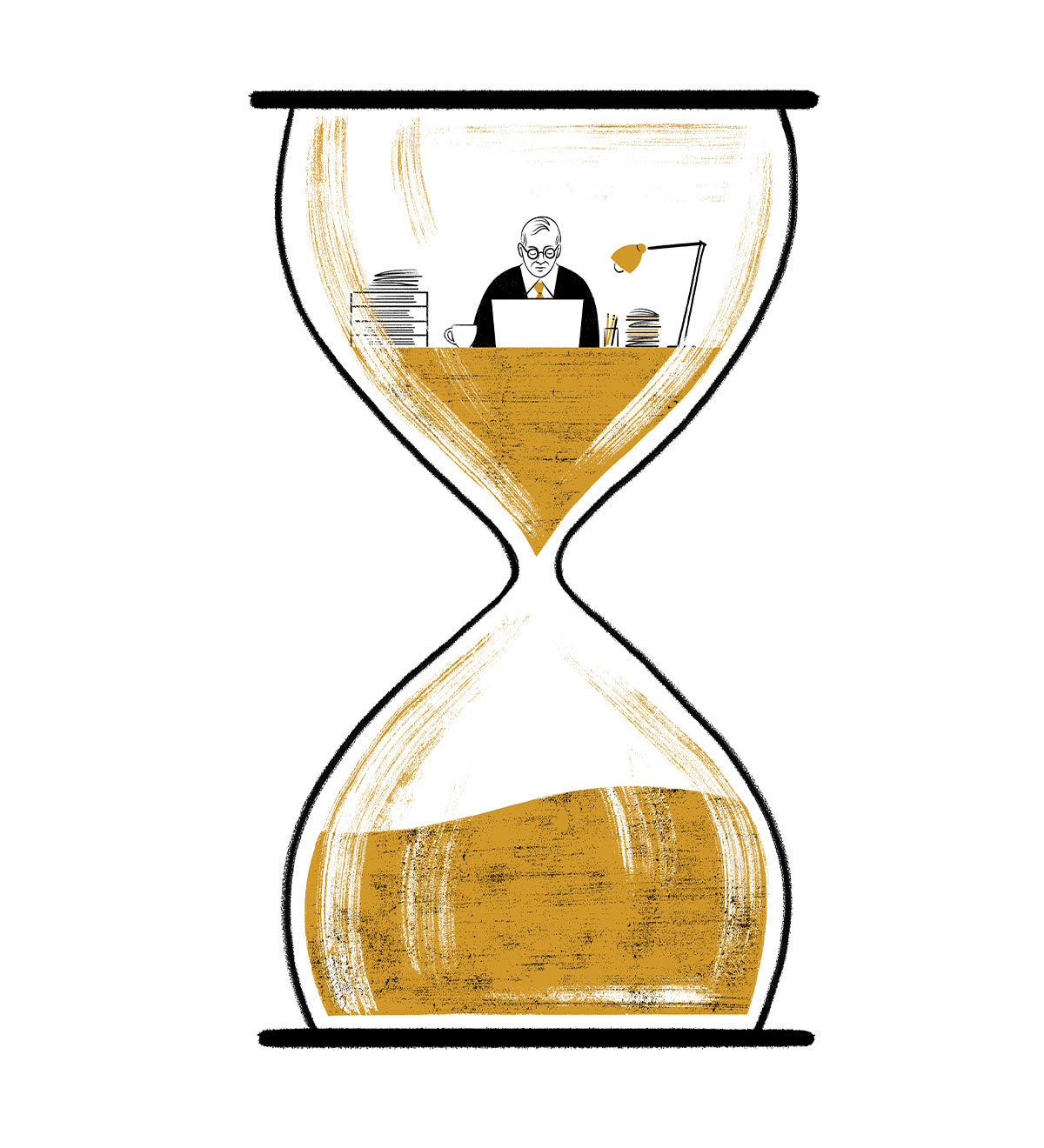
How to Manage Feedback Like An Olympic Athlete
Living under the weight of constant scrutiny and comparison teaches Olympic athletes not only how to excel in their sport but also how to effectively harness feedback for continuous improvement. Learning to discern which feedback to embrace and which to filter out becomes essential for not just surviving, but for thriving — and those lessons are equally applicable to all of us.

Be More Realistic About the Time You Have
Stop believing next time will be easier, and plan more time for your work, not less.

Beware a Culture of Busyness
Once upon a time, leisure was a sign of prestige. Today that idea has been turned on its head, and busyness is the new status symbol. Busy people are considered important and impressive, and employees are rewarded for showing how “hard” they’re working. Such thinking is misguided. It can cause organizations to overload their employees, base their incentives on the amount of time they put in, and excessively monitor their activities, all of which undermine productivity and efficiency, research shows. Meanwhile, reducing work to manageable levels can actually enhance them. This article explores both the downsides of busyness (employee turnover, reduced engagement, absenteeism, and impaired health) and the reasons for our obsession with it. It’s partly human nature: The harder we work to achieve something, the more we value it; most of us hate being idle; and we think customers like to see us busy. The authors also present strategies for breaking away from this fixation: Reward output, not activity. Eliminate low-value work to make time for “deep work.” Force people off the clock, and allow time for their minds to wander creatively. Model the right behavior, and build slack into your systems. Activity is not achievement, and the sooner companies recognize that, the better off they and their employees will be.

How to feel less stressed | Psyche Guides
Everyone handles stress differently. The ‘4Ds’ approach is about helping you find the coping strategies that work for you

Replace exit interviews with 4 questions that get employees to stay
In a classic case of too little, too late, companies often wait until employees leave to ask them about how they felt in their role. But this valuable input could be put to work much earlier—and keep great employees from walking out the door in the first place.

The big idea: your personality is not set in stone
Think you’re stuck being scatty, or an introvert? The latest research suggests otherwise
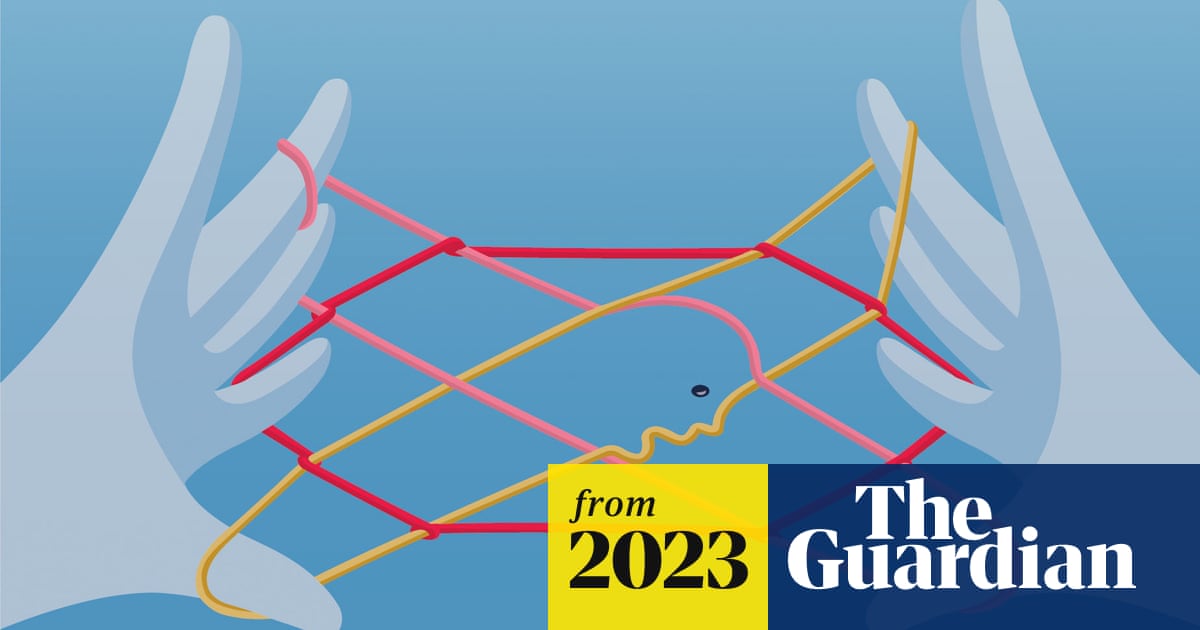
How to Stop Taking Work So Personally
Taking things personally at work is not a sign of weakness, but a reflection of your passion, commitment, and deep sense of responsibility. But what if your professional role has become too intertwined with your sense of self. While equating your value as a person with your performance at work is common, it’s also possible to break free from the pattern. In this article, the author offers five strategies for how to approach situations with more objectivity so that you can navigate your professional journey with greater clarity, balance, and effectiveness.

Five signs it’s time to quit your job
Your current job is just a moment in your overall career, and it’s worth thinking critically about whether the job is serving your long-term goals.

5 Tactics to Combat a Culture of False Urgency at Work
The headwinds of false urgency can be intense. But they also foster a reactive culture. If everything is urgent, there’s little opportunity for creative and deep work, which tends to flourish only when there’s time and space. In this article, the author offers tips that will help you focus on what’s truly urgent in your organization and enable your team to deliver strong results and sustain high performance over time.

5 Ways to Spark (or Destroy) Your Employees’ Motivation
Sending employees positive social signals makes them feel valued, engaged, and inspired.

We Need to Let Go of the Bell Curve
Most human activities as well as many disciplines — from physics and biology to linguistics, finance, and computer science — follow a Pareto distribution instead of a “normal” Gaussian curve. In Pareto distributions, a small change in one variable is associated with a large change in another, because it reflects variables multiplied with each other rather than added to each other, as in the normal distribution. This is also referred to as a “power law.” This isn’t an obscure intellectual point, but instead carries serious practical consequences. Because of this error, our approach to most problems is, at best, suboptimal. What does this mean for business leaders? The author presents three practical implications for innovation, risk management, and people.

The trait that builds organized, dependable, and productive employees and teams
The trait that builds organized, dependable, and productive employees and teams

Hundreds of Ways to Get S#!+ Done—and We Still Don’t
You want to be productive. Software wants to help. But even with a glut of tools claiming to make us all into taskmasters, we almost never master our tasks.

Your Professional Decline Is Coming (Much) Sooner Than You Think
Here’s how to make the most of it.

The Coming Conflict Between Introverts and Extroverts
When the social floodgates open, not everyone will want to use their newfound freedom in the same way.

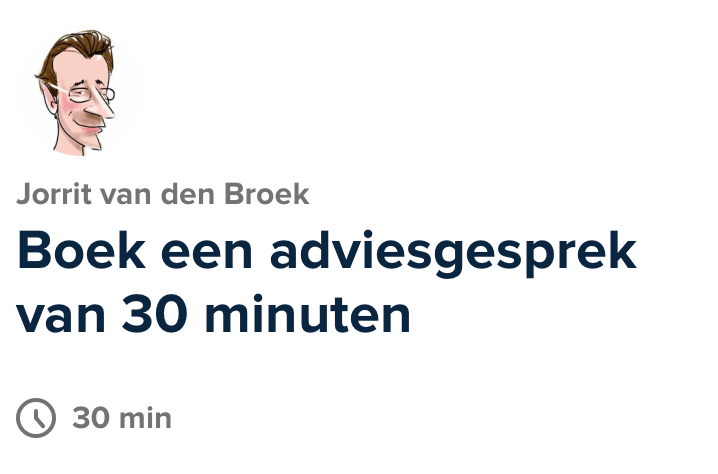
De kosten van een gesprek van 30 minuten zijn € 45,- (excl. btw). Je betaalt achteraf veilig en online via PayPal, Apple Pay of creditcard (of Stripe, op verzoek). De factuur ontvang je direct na het gesprek.
KvK nummer: 96979976 Algemene voorwaarden








































